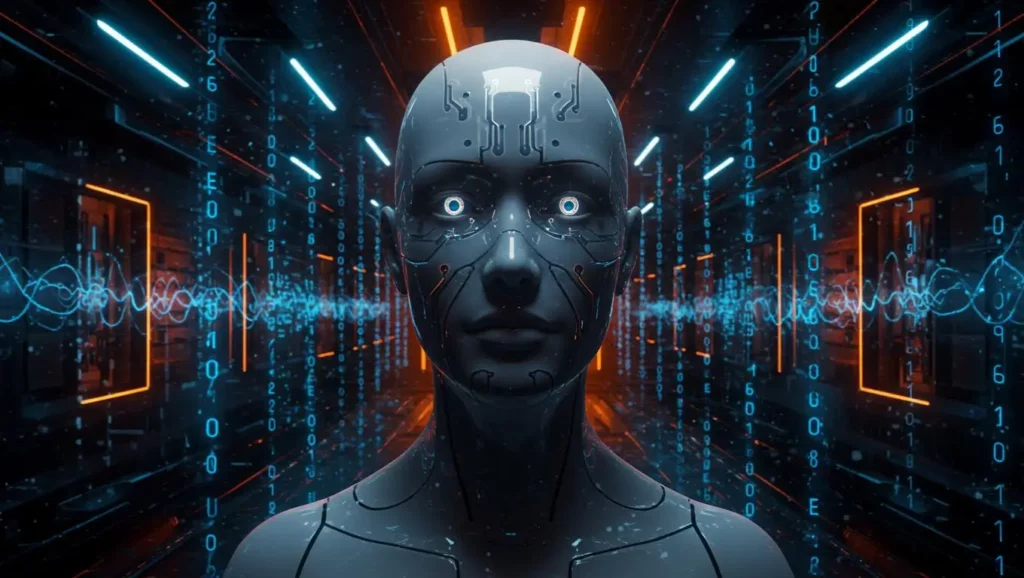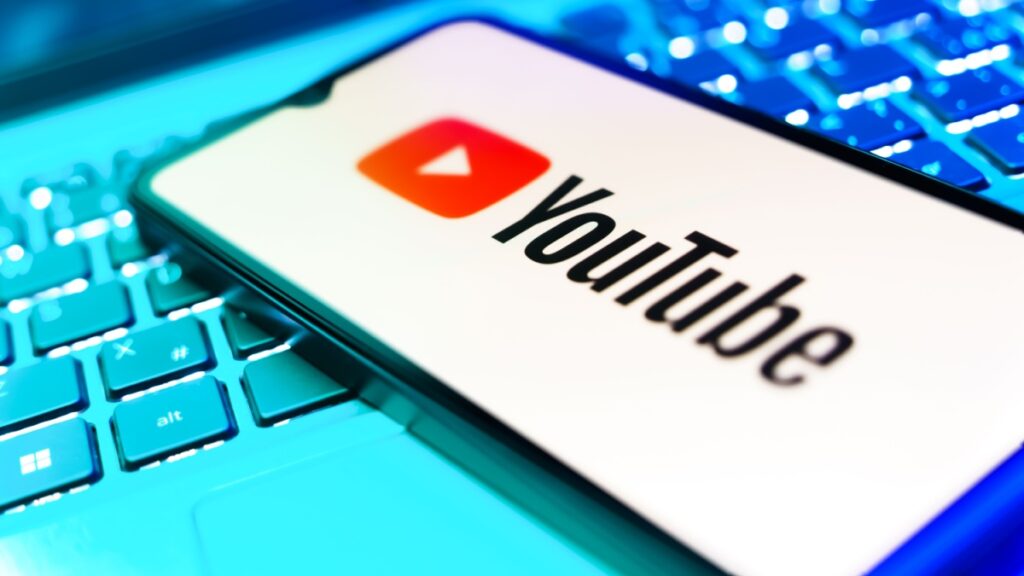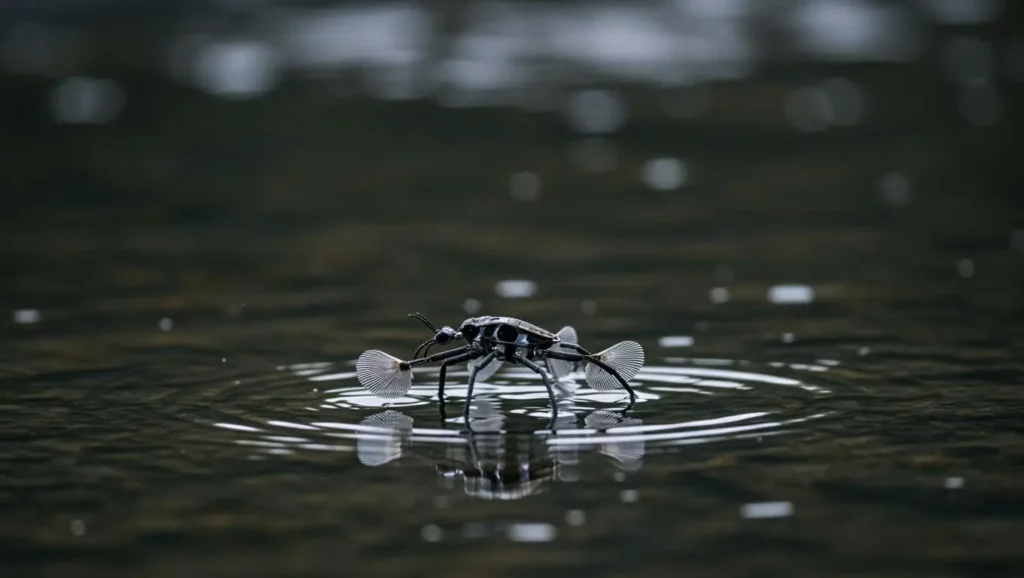Thanks to an AI developed by Google and marine biologists, scientists are finally able to identify the structures of a language in dolphins. DolphinGemma, an artificial intelligence model trained on their vocalizations, could mark the beginning of a new era: that of interspecies communication. Yes, talking with dolphins is becoming a serious goal.
Dolphingemma Decodes the Structure of Dolphin Language Using Artificial Intelligence
Dolphins have long been known for their social intelligence and complex vocal abilities: clicks, whistles, and other sounds… an impressive auditory arsenal used to communicate, collaborate, locate, or attract. However, until now, their “language” remained an unfathomable mystery.
This is where DolphinGemma comes into play, an artificial intelligence designed to analyze and structure dolphin vocalizations. Developed by Google, Georgia Tech, and the Wild Dolphin Project, this model of large-scale language processing does more than just classify sounds: it aims to understand how dolphins organize these sounds syntactically, much like human language.
The AI Learns from Dolphins Just as It Learns from Humans: Through Patterns, Sequences, and Context
DolphinGemma functions like the large language models used for analyzing human texts. Utilizing advanced audio technology, sounds are captured underwater, converted into digital data, and analyzed to detect recurring patterns and significant sequences.
The model can identify sounds that recur in specific contexts, such as social interactions, play, or movement—and compare them between individuals. This allows researchers to hypothesize that these sounds have a shared, structured, and coded meaning. This is the first time vocal organization has been observed in dolphins through AI analysis.
Towards Bidirectional Communication with Dolphins? A Closer Future Than We Think
The long-term goal is ambitious: to enable a form of dialogue between humans and dolphins. Does that sound crazy? Yet, the initial results are encouraging. Researchers believe that some sounds could be translated or even replicated to create the beginning of an exchange.
Certainly, major challenges remain: regional dialects, individual variations, emotional interpretation… But the idea of a shared basic lexicon is no longer out of reach. One day, perhaps, we might be able to “speak dolphin”, or at least understand what they are trying to convey.
A Breakthrough That Could Transform Our Relationship with Animals and Life Itself
Beyond dolphins, this project opens up incredible possibilities for understanding animal communication. If AI can decode a language in cetaceans, why not in elephants, primates, or songbirds?
This is a giant leap in our relationship with other living beings. Understanding animals also means recognizing their inner lives, cultures, and intentions. What DolphinGemma is sketching today could redefine our place among species. And who knows? Perhaps one day, a dolphin will tell us a joke. In the meantime, this adventure is just beginning.




